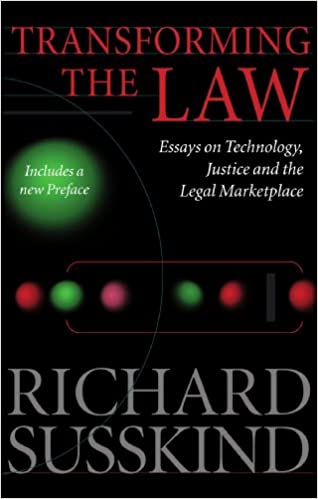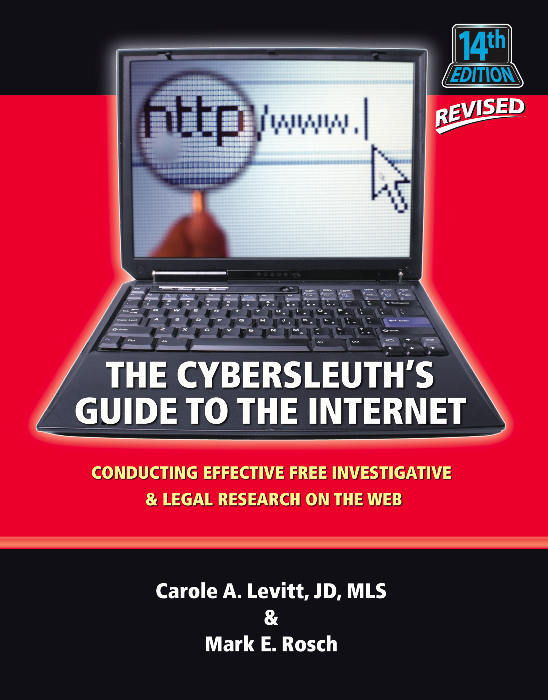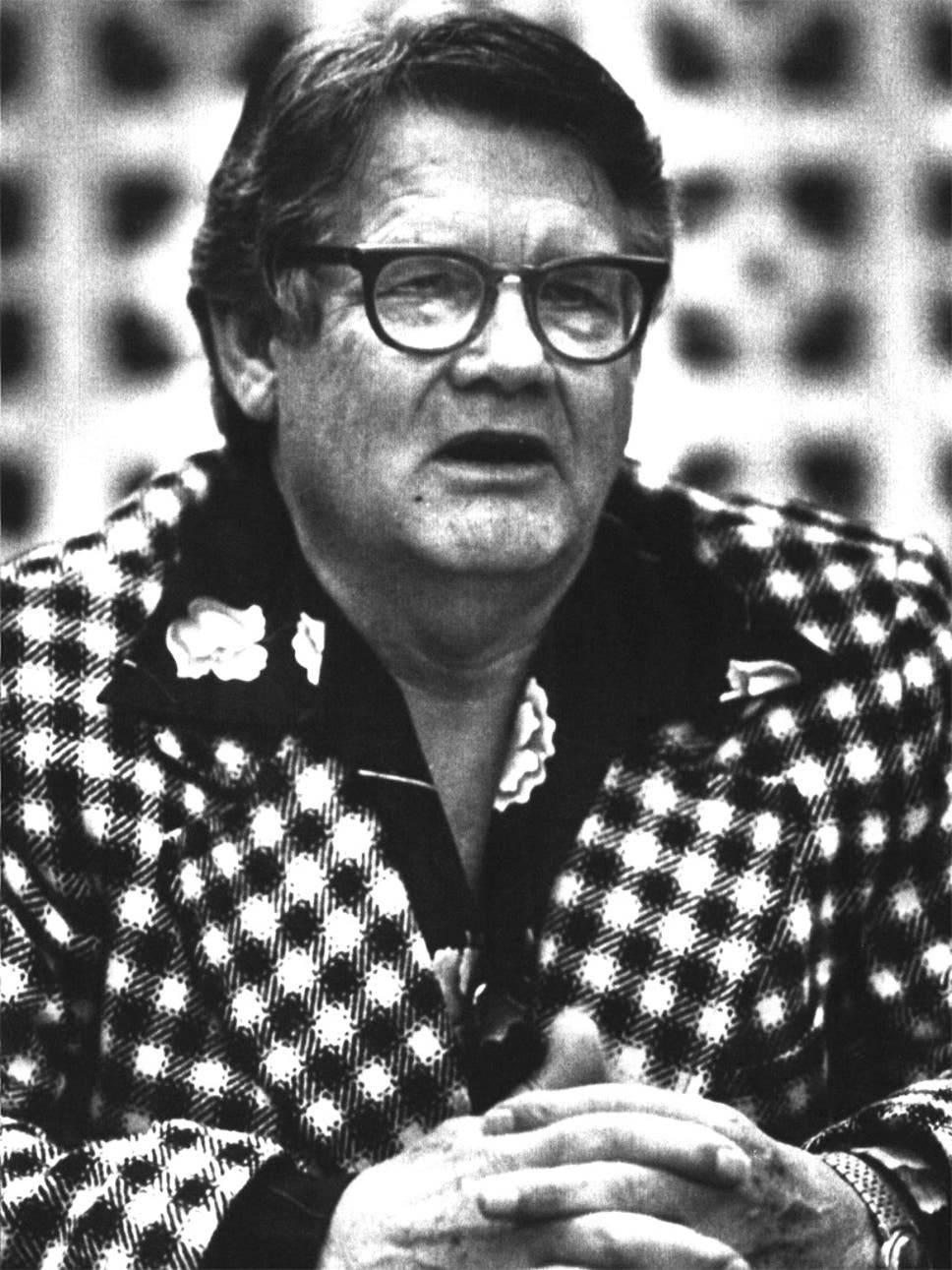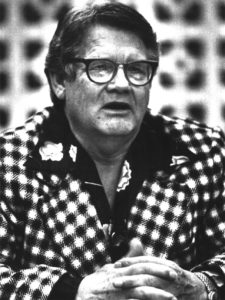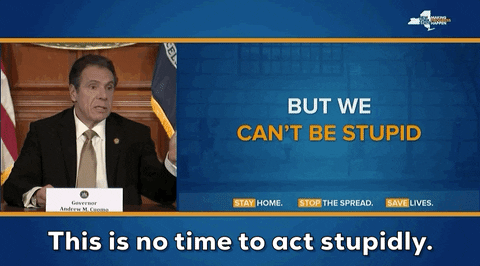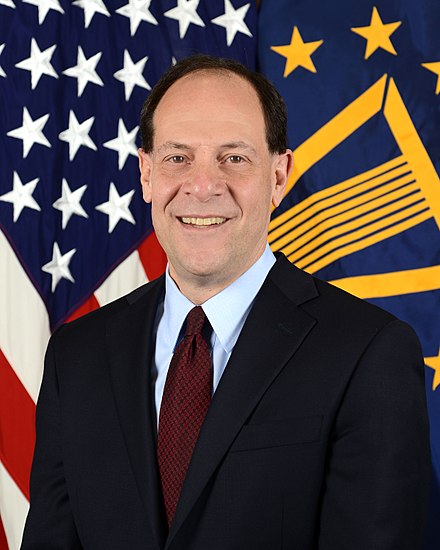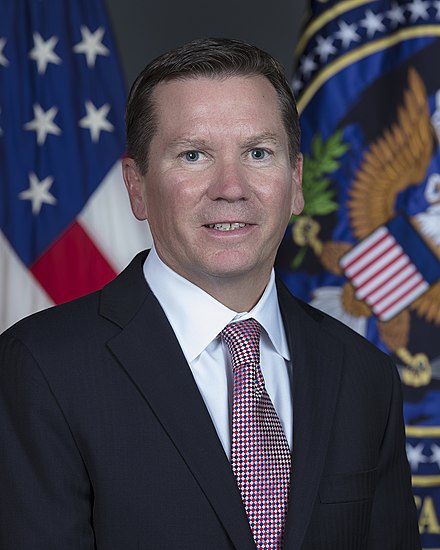eLawyering is having a moment–at least another moment. Several factors, including the success of Jack Newton’s book The Client-Centered Law Firm, are drawing new attention to the idea of using the Internet to create and service new pools of clients for lawyers. In a recent Twitter thread Caitlin Moon and Dennis Kennedy expressed disappointment with the results of the American Bar Association’s e-Lawyering task force:
Note to Cat Moon: I was a rebel and I was allowed to be on the committee. It didn’t work out too well.
I was a member of the ABA’s e-lawyering Task Force from around 2000 to about 2003. My experience may have some relevance. Sometimes you have to know what happened, good or bad, to steer a better course in the future.
ABA President Bill Paul created the Task Force in order to develop ways of using the Internet to provide better and cheaper legal services. This move was largely inspired by the ideas of Richard Susskind, who developed the idea of “the latent legal market,” i.e., those with some type of problem who could benefit from a lawyer’s help but are who are not presently receiving help from a lawyer.
The eLawyering Task Force mission was widely misunderstood. It was not a charitable, pro bono-type project. The goal was to help lawyers make money by better serving middle class Americans, people who could afford to pay something for legal services.
The two-fer concept of helping the middle class while creating new profit centers for lawyers had great appeal, but I liked it more than most. I believed that if the project were successful, there would eventually be trickle-down benefits to the decidedly non-middle class people I grew up with. I was all in on eLawyering.
Richard Granat, the group’s first chair, thought ideas in my first book, The Complete Internet Handbook for Lawyers, might possibly help advance the project’s objectives. At ABA Techshow 1999, before the group was formally operational, he invited me to join the Task Force.
One of my first steps was to create a private email mailing list to facilitate the group’s work. We had conference calls and occasional meetings during ABA events, but I thought we needed better internal communications. We did not have the same sophisticated collaboration tools available today so mailing lists were state of the art.
Since the ABA’s official website had little or no information about the eLawyering project I created a website at my own expense to increase public awareness of the initiative.
From the first I was a consistent but naive advocate for aggressive action. Probably too aggressive.
I was not familiar with the ABA’s culture. Richard spent lots of time patiently explaining why my suggestions were impractical working within the ABA framework. Every explanation made sense but the overall picture was frustrating.
Sometimes rebels can be more trouble than they are worth. Eventually a fellow Task Force member suggested that I should be satisfied even if the group could only make incremental progress working within the ABA. With some regret, I decided to leave the group.
In the end my combination of ambition and naïveté about working within the ABA structure accomplished little. That doesn’t mean nothing was accomplished.
eLawyering Task Force Accomplishments
The more active members of the group promoted its goals though articles and presentations. Some traces of these efforts can be found here and there through searches on Google, Bing, etc. The ABA’s Online Legal Services section provides random links to traces of a few such efforts, but there is no central repository of the group’s activities, for reasons explained below.
The 2003 ABA House of Delegates approved the group’s set of best practice guidelines for legal information web sites.
Dennis Kennedy has suggested the group’s biggest success was creating a place where innovators could get to know each other and share ideas. Some people might take this remark as snarky, damning by faint praise, but from working with him over the years I know Dennis was serious and he has a point. Networking matters, and the residue of this is probably still providing at least some benefits today.
After a few years the ABA sunsetted the eLawyering project. Some of the project’s accomplishments have not survived the sunsetting:
- The ABA eventually followed up an official website to support the venture and I abandoned the unofficial site I had created to support the project. The official ABA site has vanished. Searches on the URLs of the former official ABA websites (eLawyering.org and eLawyering.com) bring up error messages. An Internet Archive search shows the site’s last recorded update was in 2017.
- The group initiated a public email mailing list at one point, but if it’s still operational it’s hard to find. After a little time spent at the ABA’s mailing list portal I can find no trace of it.
Why Not More?
With these accomplishments understood, it’s fair to ask whether the eLawyering Task Force could have accomplished even more.
I don’t believe the group’s leadership was to blame:
- Bill Paul was a real leader in my book. Sure, he cribbed the basic idea from a British academic, but isn’t finding the best ideas and promoting them exactly what we would hope a leader would do?
- I can’t think of anyone better qualified to lead the Task Force than Richard Granat. He had worked in related areas for years and had a record of creativity, determination and accomplishment.
- The late Jim Keane, one of the country’s top legal tech experts (and the inspiration for the ABA’s James I Keane Award for Excellence in eLawyering) was a co-chair of the group.
- The eminently well qualified Marc Lauritsen became co-chair about the time I left the group.
If the people were not the problem, then why didn’t the Task Force accomplish even more?
The ABA’s culture and organization were a handicap. The ABA is fundamentally a trade association. While it sometimes undertakes activities intended to create public benefits (like supporting pro bono projects and vetting judicial nominees) its primary reason for existence is advancing the interests of its members. Given this context, the fact that some perceived eLawyering as a sort of do-gooder program was probably a drawback.
Rocking the boat is seldom popular, especially when some perceive the project’s purpose as being something other than making life better for lawyers.
The fact that ABA presidents are limited to a single one year term was another handicap. I understand the desire to bring in new blood and fresh ideas but the lack of continuity makes long range initiatives difficult. When a president leaves his pet projects slide off the priority list.
Bottom Line
Did the eLawyering Task Force achieve what I and others hoped it would achieve? No.
Did the project achieve everything it could achieve working within the ABA structure? Probably.
I think the eLawyering project’s biggest benefit was just putting the ideas of eLawyering into play. Seeds were planted. The ground was too dry for them to fully blossom then, but attitudes and receptiveness evolve over time. Would Jack Duncan’s book be provoking so much discussion if not for the Task Force’s groundbreaking work?
While the ABA eLawyering project’s contributions should not be underestimated, I agree with Cat Moon and Dennis Kennedy that it’s time to consider alternatives to the institutional approach.
The objectives of the eLawyering project still matter. I’m just as much a rebel today as I was 20 years ago. The only difference is that today I have a better idea of how real innovation is possible.
I will be sharing my thoughts here and at a new website I am developing: eLawyeringinnovation.org.
Jerry Lawson
